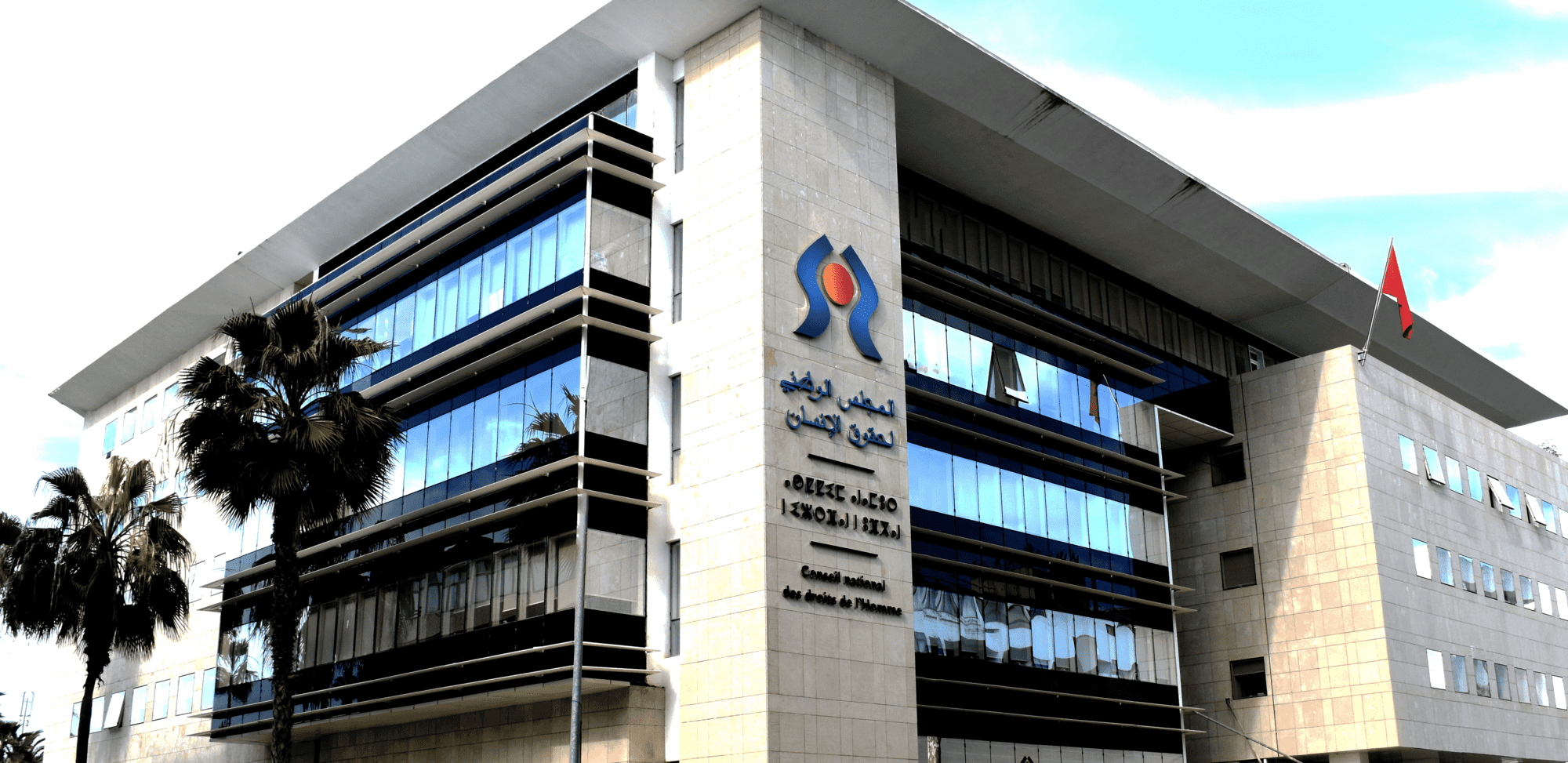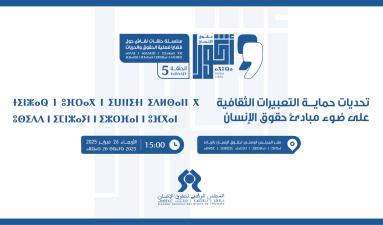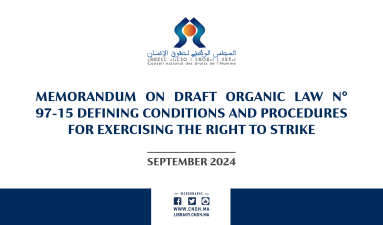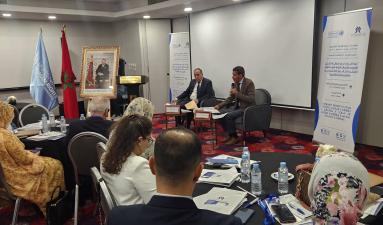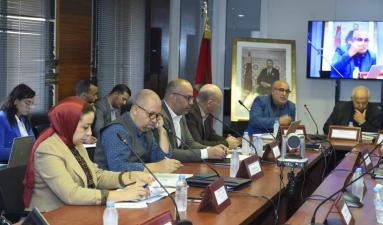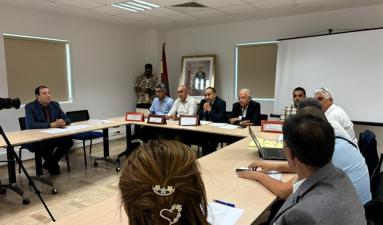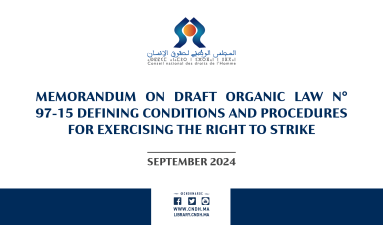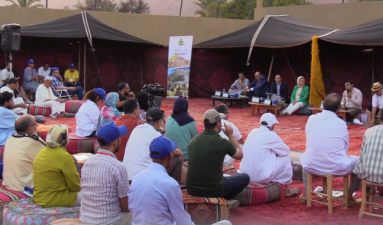
Thousands of visitors and participants, hundreds of speakers, children and experts, dozens of activities, ten days, one space and one theme: Culture and Cultural Expressions as a Force for Development and Rights
The National Human Rights Council (CNDH) drew the curtain on its activities at the 30th edition of the International Publishing and Book Fair (known under its French acronym SIEL 2025) this Sunday evening. Over ten days, a wide selection of debates, panels, workshops, and cultural expressions showcasing the full richness of Moroccan culture were featured. Visitors had a daily opportunity to interact with 250 children from Morocco’s 12 regions and 100 writers, novelists, human rights defenders, and cultural actors from Morocco and abroad, participating in 70 activities across five spaces within an accessible and open pavilion.
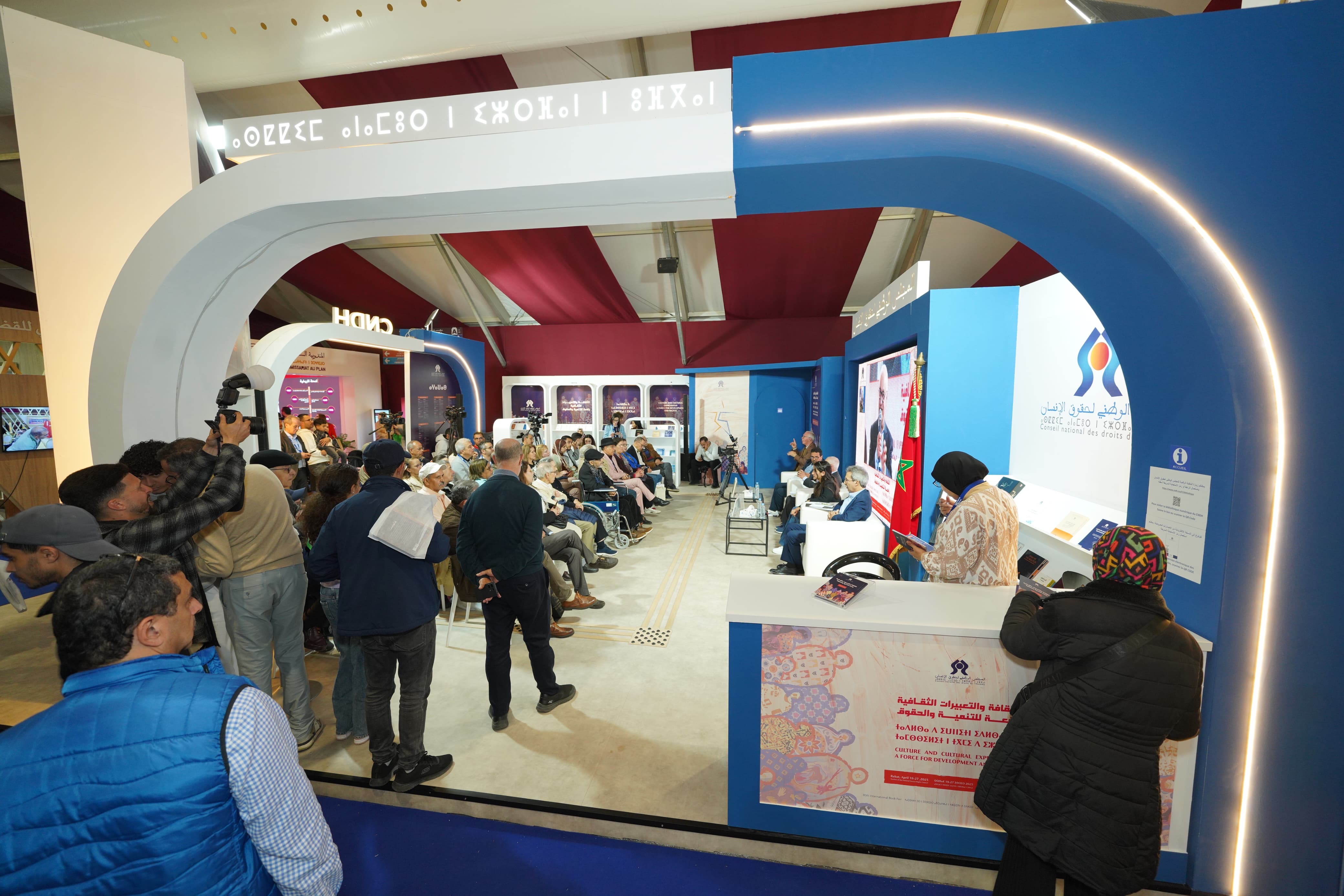
“Thank you to children, participants, and visitors for their tremendous engagement with our daily program at the Book Fair," said CNDH Chairperson, Ms . Amina Bouayach. “Throughout these ten days,” she added, "we celebrated together the diversity of our rich Moroccan culture and its role in promoting rights and development."
"This year, we chose to focus on culture and our rich Moroccan cultural expressions — Arab-Islamic, Amazigh, Sahrawi-Hassani, Hebrew, Mediterranean, and African — because we believe in their power to foster social cohesion, openness, and pluralism, reflecting respect for identity, dignity, and collective memory."
"Our constant objective when participating in open national events like the SIEL 2025," emphasized the CNDH Chairperson, "is to create spontaneous engagement with children, parents, and visitors on the effectiveness of human rights issues and human rights culture. For us, the Book Fair is an opportunity to promote the culture of human rights and freedoms.” We were delighted by the maturity of the proposals, questions, and the sense of commitment to human rights values that we strive to foster, said Ms. Bouayach.
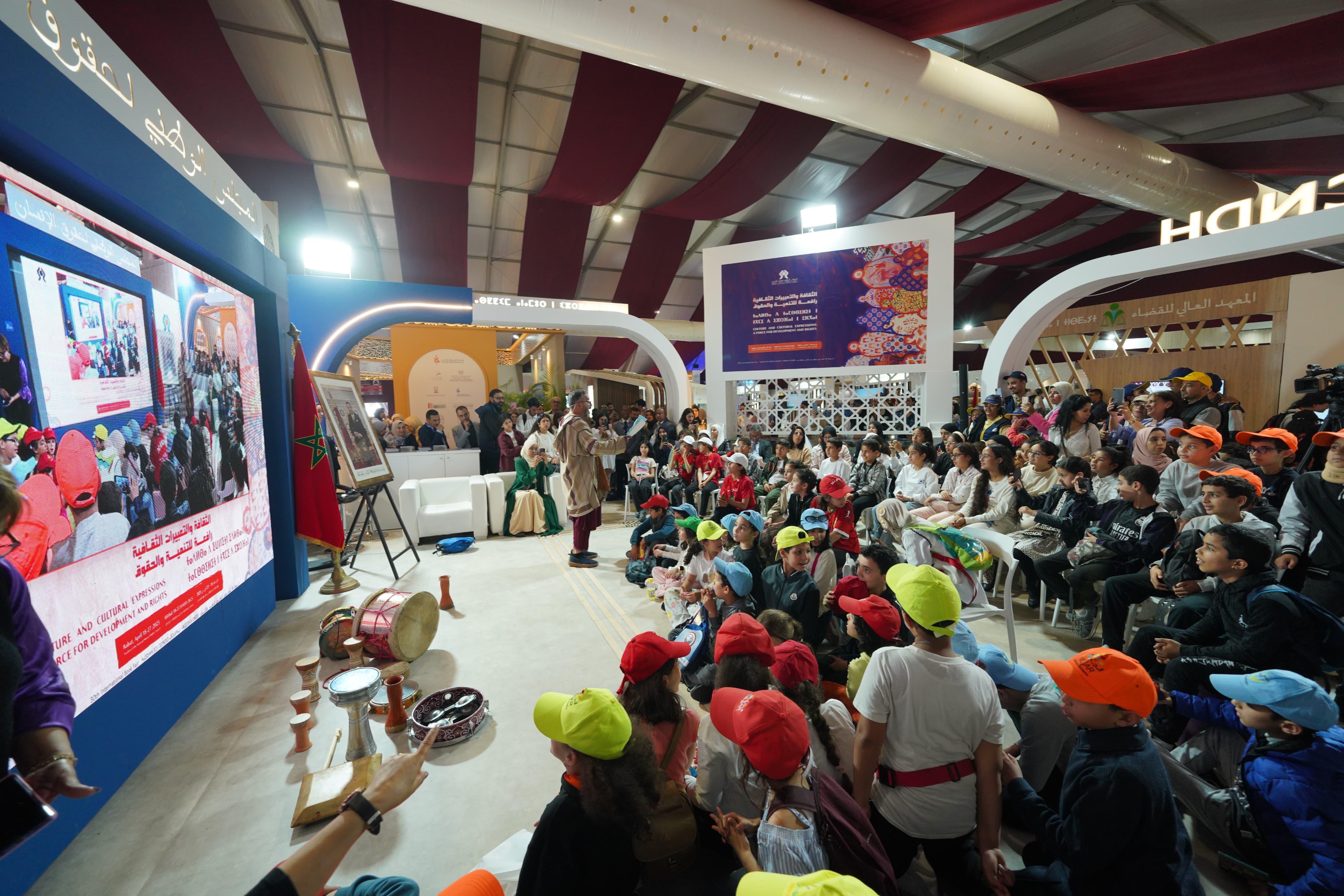
From the character "Hdidane," who captivated both children and visitors while serving as a platform to educate about our cultural heritage, to the children's artistic expressions — including stories, poetry, theater, music, and humor centered on the theme of rights and the right to culture — to discussions on the right to the city and the universality of human rights, as well as presentations by Moroccan and foreign authors, all activities shared a common purpose: promoting human rights culture and highlighting the role of culture and cultural expressions in advancing development and ensuring the effectiveness of human rights.
Thus, the CNDH pavilion at SIEL 2025 hosted over 30 workshops dedicated to children and their creative expression, along with 11 panels covering a range of topics. These include themes such as rock heritage, writing in prison, cinema and human rights, the right to the city, the universality of rights, the role of culture in consolidating rights, cultural and creative industries, heritage promotion, cultural diversity and rights, public policies in the cultural sector, and the role of media in promoting human rights culture. Besides, dozens of meetings and activities were held on writing, human rights, artistic and creative expressions, various publications, etc.
In line with the philosophy of an inclusive pavilion, the CNDH provided all necessary accessibility measures for persons with disabilities at the Fair. These included simultaneous sign language interpretation during all panels and events, specially designed pathways for the blind and visually impaired, and adapted facilities to welcome all attendees. Additionally, all pavilion activities were streamed live.
Thank you to all participants and visitors who contributed to the success of the pavilion’s events.
We look forward to meeting again at the 31st edition, continuing our advocacy for the effectiveness of human rights and the promotion of a culture of freedoms and rights.
Rights. Freedoms. Effectiveness.

